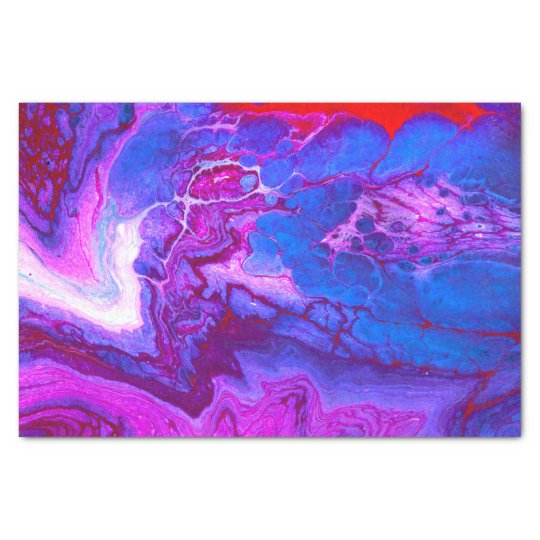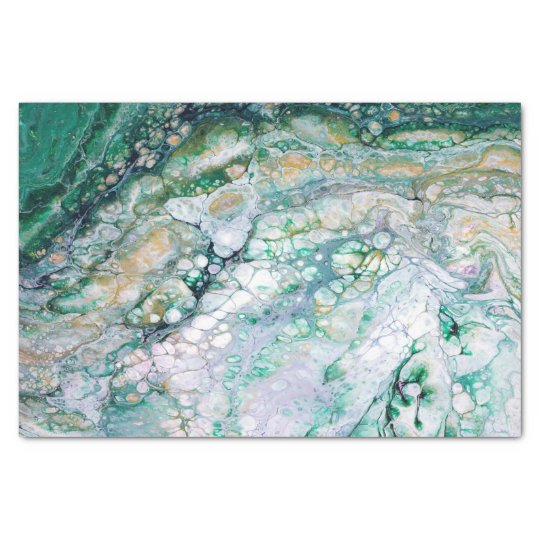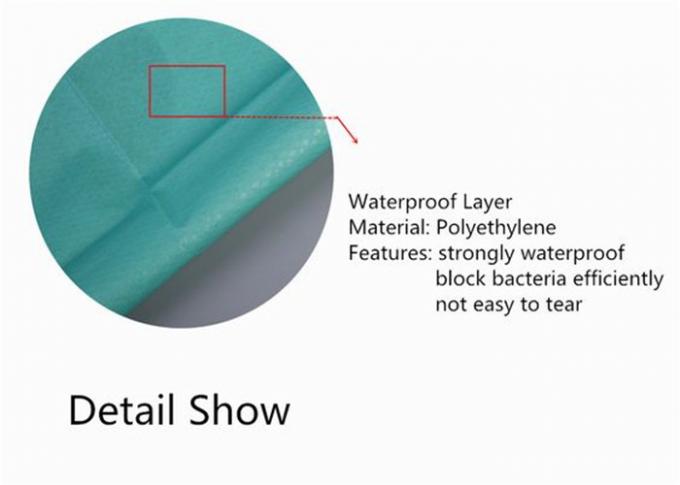Do you search for 'tissue fluid essay'? Here you can find the questions and answers on the subject.
Table of contents
- Tissue fluid essay in 2021
- Interstitial tissue fluid
- Tissue fluid component
- Tissue fluid practical
- Difference between plasma and tissue fluid
- What is tissue fluid made of
- Formation of tissue fluid
- How is tissue fluid formed and returned to the circulatory system
Tissue fluid essay in 2021
 This image representes tissue fluid essay.
This image representes tissue fluid essay.
Interstitial tissue fluid
 This image demonstrates Interstitial tissue fluid.
This image demonstrates Interstitial tissue fluid.
Tissue fluid component
 This picture shows Tissue fluid component.
This picture shows Tissue fluid component.
Tissue fluid practical
 This picture demonstrates Tissue fluid practical.
This picture demonstrates Tissue fluid practical.
Difference between plasma and tissue fluid
 This picture shows Difference between plasma and tissue fluid.
This picture shows Difference between plasma and tissue fluid.
What is tissue fluid made of
 This image demonstrates What is tissue fluid made of.
This image demonstrates What is tissue fluid made of.
Formation of tissue fluid
 This image representes Formation of tissue fluid.
This image representes Formation of tissue fluid.
How is tissue fluid formed and returned to the circulatory system
 This image shows How is tissue fluid formed and returned to the circulatory system.
This image shows How is tissue fluid formed and returned to the circulatory system.
What is the difference between blood and tissue fluid?
At the arterial end, the net filtration pressure which is the difference between the two is 7 mm of Hg towards the tissue (interstitial) fluid. At the venous end due to fall in blood or hydrostatic pressure, the filtration pressure is 15 mm of Hg to the opposite side, i.e., from tissue fluid to the capillary (Fig. 5.2). 2. Tissue Activities:
What is the specific gravity of tissue fluid?
Specific gravity of the tissue fluid is about 1.015 to 1.023. It may contain a few erythrocytes. But regarding the white cells, the tissue fluid contains a good number of lymphocytes and a small number of granulocytes. Blood proteins and nutrient contents of it are very low.
What is the function of fluid connective tissue?
Fluid connective tissue is that assembly of cells which make relations between different organs, thus tissues by their fluid atmosphere. The relations are regularly intended for supplying nutrients, gases (O 2 and CO 2) necessary for the cells for their living. It helps hold our body together, supports other tissues and even transports substances.
Where does the filtration of tissue fluid take place?
The composition and volume of tissue fluid is regulated by constant interchange with blood and lymph. It has been mentioned above that filtration of tissue fluid takes place at the arterial end of the capillaries. At the venous end of the capillary the blood pressure is very low—about 10 mm of Hg and the colloidal osmotic pressure is much higher.
Last Update: Oct 2021